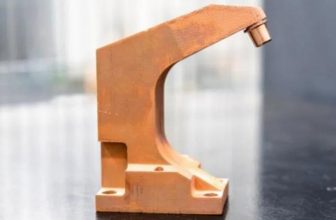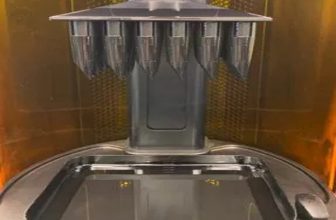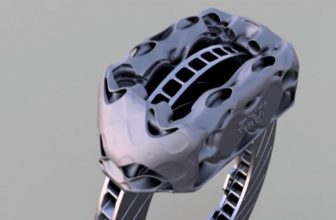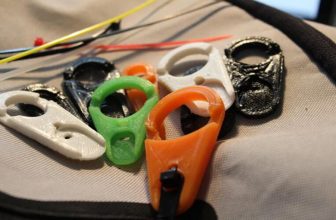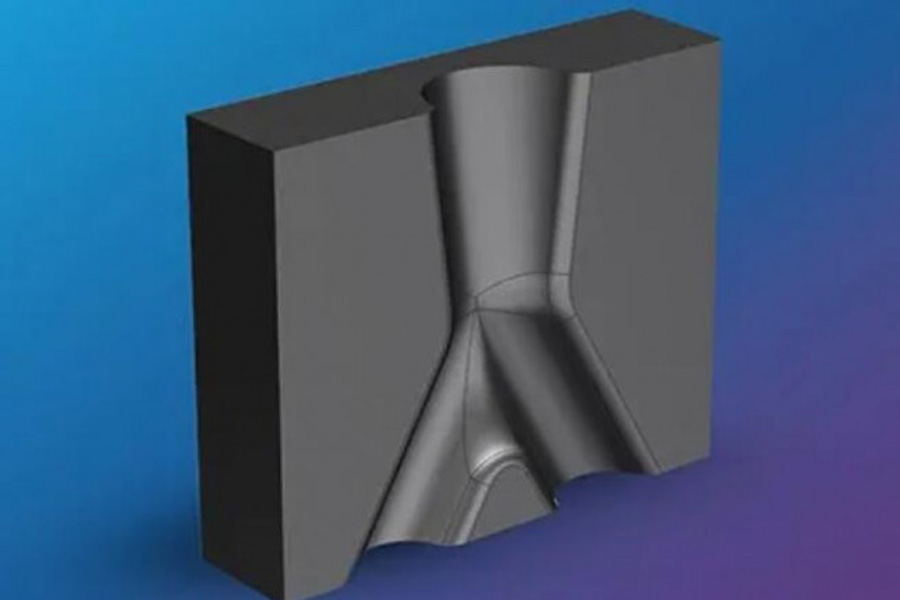
As a thermoplastic polymer, polypropylene (PP) is widely used due to its excellent mechanical, thermal and chemical properties, and is the second most commonly used polymer in the world. 3D printing polypropylene materials have long been commonly used for material extrusion 3D printing processes.
In recent years, chemical materials companies have gradually introduced polypropylene materials for industrial-grade plastic 3D printing technology, through additive manufacturing technology to provide small-batch production, bridge manufacturing solutions for manufacturers in the automotive, medical, infrastructure and other fields, or Realize more complex polypropylene part design.
Under this trend, the types of polypropylene 3D printing materials are further enriched, covering industrial-grade additive manufacturing technologies such as laser sintering, high-speed sintering, and multi-jet melting. Recently, the chemical materials company DSM (DSM) has launched polypropylene 3D printing granular materials for the fused particle manufacturing (FGF) 3D printing process, once again enriching the polypropylene 3D printing material family.
block wider industrial applications
The polypropylene material launched by DSM is a glass fiber-filled polypropylene material-Arnilene ® AM6001 GF (G), which is used in fused particle manufacturing (FGF) 3D printing technology. The (G) in AM6001 GF(G) stands for particles, which is the same matrix material as the polypropylene material used in high-throughput production. DSM works with equipment partners to verify materials on closed and open cavity printers to optimize FGF printing materials.
material_DSMDSM PP granular material 3D printing application-sewage inspection well components. Source: DSM
DSM combines material expertise, modeling and simulation, and design and manufacturing expertise for additive manufacturing to achieve ideal mechanical, thermal and chemical properties of glass fiber-filled polypropylene materials.
Arnilene ® AM6001 GF (G) application areas:
- Low temperature mold
- Applications requiring continuous use at temperatures up to 130°C
- Structure, rigid or solid parts
- Application in marine water environment
- Lightweight design and parts requiring impact resistance, replacing metal
- Automotive applications
- Infrastructure and water management
Main advantages:
- Mechanical behavior
- Temperature capability: high heat distortion temperature of 135°C
- Chemical resistance
- Printability: easy to process on a variety of FGF melted pellet manufacturing 3D printers
- Post-processing: easy processing, milling
As Geoff Gardner, Director of Additive Manufacturing Innovation at DSM said, the availability of 3D printing for engineering plastics is the next step in the plastic polymer additive manufacturing revolution. Polypropylene is a semi-crystalline engineering plastic, combined with the advantages of additive manufacturing in the absence of molds and easy implementation of complex designs, polypropylene 3D printing will bring relatively low-cost additive manufacturing solutions to the industry.
3D Science Valley is here to take a look at the application potential of polypropylene 3D printing with the help of two typical industrial-grade plastic additive manufacturing technologies on the market and the application of polypropylene materials.
block MJF 3D printing polypropylene
The polypropylene material that HP launched to the market in 2020 is a relatively low-cost multi-jet fusion (MJF) 3D printing material family. It produces functional parts printed with MJF technology at a lower cost, which will activate many previous price factors. Restricted and unachievable applications help industrial users achieve a balance in cost, design, performance, and productivity, and find suitable prices and materials. HP’s market launch of 3D printing PP materials will bring more abundant 3D printing large-scale production applications to the industrial field.
HP spent a lot of energy in the early stage to study the compatibility of Multi Jet Fusion technology with PP materials, and finally solved the problem of its special flat molding performance and the difficulty of connecting and matching with engineering plastic parts. With the help of BASF, PP materials adapted to HP’s 3D printing technology were officially launched and will be widely used in automotive, consumer products, industrial and medical applications.
HP 3D Printing summarizes the characteristics of PP 3D printing materials as follows:
Breakthrough economics: Compared with the most commonly used material for HP 3D printing, PA12, the cost of polypropylene is relatively lower, and can save up to 30% of the cost.
Excellent mechanical properties: PP material is suitable for HP Jet Fusion 5200 series 3D printing solutions, which can provide high productivity and minimize industrial-grade manufacturing waste.
- Reusability: The PP material can recover 100% of the remaining powder, further improving the utilization rate of the material.
- Excellent chemical resistance, low moisture absorption and long-term durability: it is the applications that require long-term low water absorption such as pipes, fluid conveying systems, air-conditioning systems, and containers. The PP material 3D printed parts can also be used for complete requirements after corresponding post-processing. Applications that do not absorb water.
- block HSS 3D printing polypropylene
voxeljet-Voxel has launched a polypropylene material for high-speed sintering (HSS) 3D printing technology. The material does not suffer from stress cracking problems, and has excellent electrical and chemical resistance at higher temperatures. PP materials are widely used in the manufacture of plastic parts. For example, PP materials are used in the manufacture of automobile bumpers and exterior parts. The PP materials developed for such applications have low linear thermal expansion coefficient and specific gravity, and are processable. And impact/stiffness balance.
The application areas of HSS 3D printing polypropylene include:
Automotive/Electrical/Electronics/Industrial Applications/Consumer Products/Household Products


